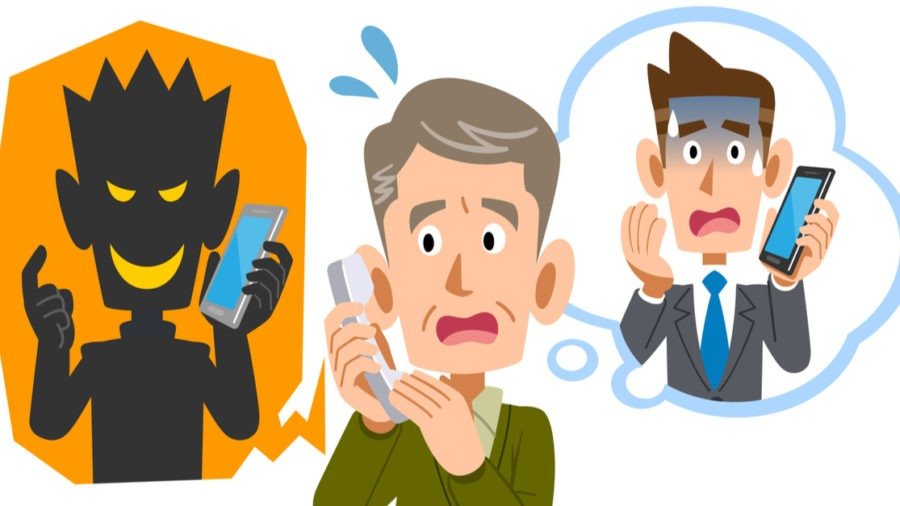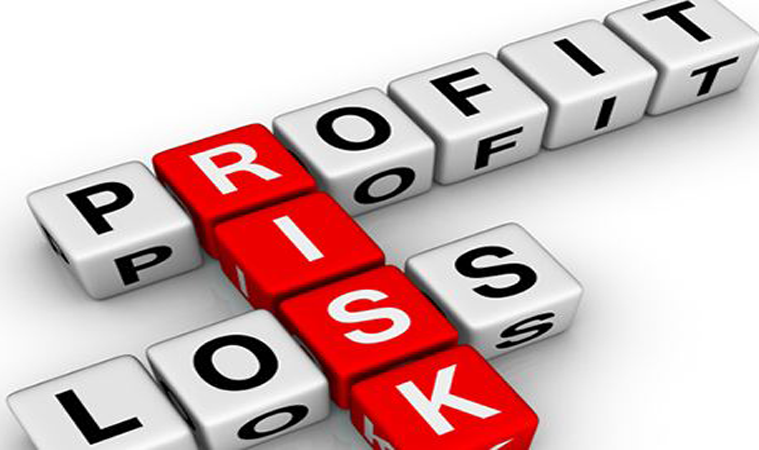Have you ever gotten a text from someone or a mail and probably a call asking you for some personal information and then discover that the calls and mails were not actually from who you taught it was from; maybe your bank or any other sector that has could have very important and useful information about you? This pattern of scam is what we call phishing scams. Phishing scammers make use of email, text messages, or calls to trick you their target into giving them valuable information that is very personal to you. Cyber thieves get involve in this type of scam by pretending to be a trustworthy entity via electronic communication, mostly through e-mails. In this case, they try to steal your passwords, social security number, or account number. The bad part of this scam is that, if they are able to get that information, they can get access to your bank, email, or any other accounts. Thousands of phishing attacks like this are been launched by scammers every day and most of them are successful.
- Please Read: Revealed: How scammers can use your phone to exploit you
According to the FBI’s internet crime complaint center, about $57 million are being lost to phishing schemes every year. Phishing scammers most times improve in their tactics, but there are some tips that will often aid you in recognizing a phishing text message or email. Phishing scammers make the text message or email sent to their target look like they are from a company you are acquainted with or trust. In most cases, the messages or mail may look like they are been sent from a bank, social networking site, credit card company, an online store, an online payment website or an app that you are very familiar with.
How to Recognize Phishing Scams

Features of Phishing Scams
Phishing attacks may come in this ways:- Claims that you have a problem with your account or payment information.
- Wanting you to click on a link so as to make an online payment.
- Asking you to confirm a personal information.
- Saying they notice some activity that are suspicious or log-in attempts.
- Offering a coupon for free etc.
Types of Phishing Scams
There are different types of phishing attacks namely; 1. Whale phishing: is an attack targeted at CEOs, CFOs, COOs, and any other senior executives. Phishing scammers target this big people so as to get information about an organization. 2. Spear phishing: There is also Spear phishing which is an attack aimed at specific people like web users, product, employees, and any member of an organization. 3. Traditional phishing: Lastly the most common phishing scam which is the traditional phishing is a scam that are mostly sent to a lot of people with the aim of someone taking a bite. This type of attack can be different in sophistication, which makes it easy for most people to fall victim.- Trending Post: PayPal Scams you need to know about
Steps to Protect Yourself against Phishing Scams
 There are certain steps and methods to apply to one’s devices to make sure, we don’t fall victim to these phishing scams.
There are certain steps and methods to apply to one’s devices to make sure, we don’t fall victim to these phishing scams.
- Email spam filters are helpful in keeping many phishing emails out of your inbox, but phishing scammers always try to outsmart spam filters so it is in your best interest to add extra steps for protection.
- Try protecting your computer by using security software. Set up your computer software to update automatically so that it can deal with any new threats.
- Protect your mobile phones by setting up your phone software to update automatically, these update can give you massive protection against security threats.
- Always protect your account by making use of multi-factor authentication; there are some accounts that offer extra security by asking two or more credentials in order to sign into your account. This system is known as multi-factor authentication and the additional credentials involves a passcode you can get through text message or an authentication app and the other been your fingerprint or retina scan.
- Lastly, protect your data by backing it up. Back up your data and make sure the backups aren’t connected to your home network system. Always copy your system files to an external drive or cloud storage.
How to Spot a Phishing Attack
 We’ll be listing ways you can spot phishing scam though if you have gone through the definition of phishing scam then the things listed below won’t be difficult to understand. There are various ways to spot a phishing attack and knowing these, you will be able to prevent any phishing attack whatsoever.
We’ll be listing ways you can spot phishing scam though if you have gone through the definition of phishing scam then the things listed below won’t be difficult to understand. There are various ways to spot a phishing attack and knowing these, you will be able to prevent any phishing attack whatsoever.
- Generic Messages: phishing attacks that are targeted to a large group of people can be spotted easily. You would notice a generic greetings or request waiting for you to click. If the message lack specifics, then its probably a phishing attack
- Links, Attachments and Request that are questionable: Don’t click on hyperlinks or download attachments without further investigation. Also take into consideration the request been required of you. If you are been sent threats or been asked for a sensitive information, believe in your instinct and call a cyber security agency immediately.
- Suspicious E-mail Address: If you are thinking of what to do when you suspect a phishing attack, start by asking yourself the question “Do I have an account with the company or do I know the person contacting me ” That is if you get a mail or text message asking you to click on a link or maybe open an attachment.
- How Scammers take Advantage of the Holiday Seasons
- What exactly is a Spam Mail? & How can I avoid them (Safety Guide)
- Everything You Need to Know About the Covid-19 Scams plus Safety Guide

